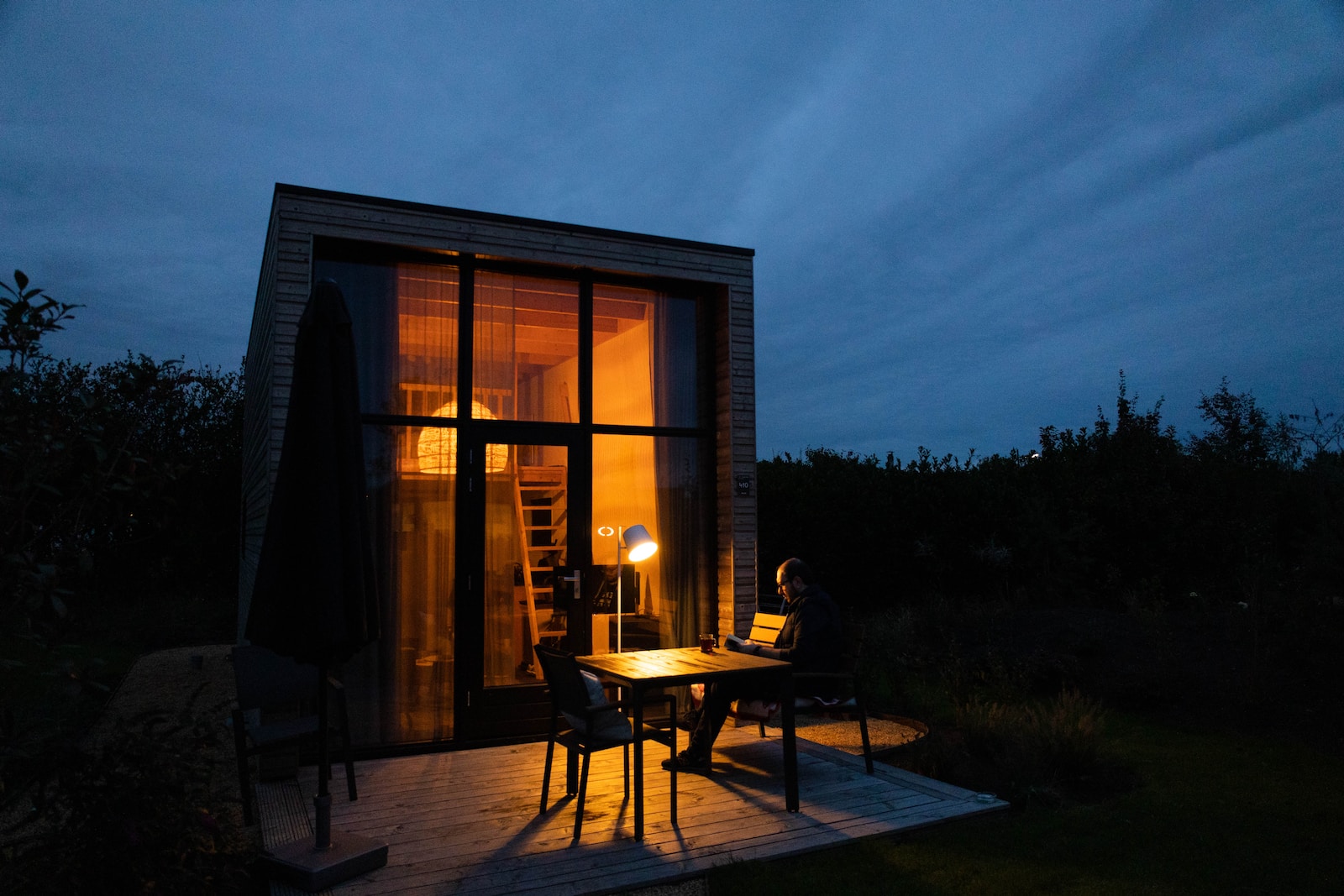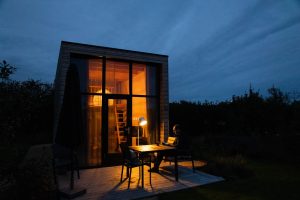
 Understanding the Costs of Tiny Houses
Understanding the Costs of Tiny Houses
When diving into the world of tiny houses, a critical factor to consider is the cost. Understanding the financial implications of both building and buying a tiny house can guide you in making an informed decision that aligns with your budget and lifestyle preferences.
The Average Cost of Tiny Houses
Tiny houses come with a wide range of price tags, typically ranging from $30,000 to $60,000. However, depending on the features and amenities you choose, the cost can dip as low as $8,000 or soar up to $150,000. This variation is largely influenced by factors such as size, materials, design complexity, and the level of luxury amenities included.
Building a Tiny House: A Cost-Effective Route?
Generally, building a tiny house can be more cost-effective than purchasing a prebuilt one. This route allows for more control over materials and design, potentially leading to savings. However, it’s essential to consider your own construction skills and the time you can dedicate to the project. Building a tiny house requires a significant investment of time and effort, which should be factored into the overall cost.
To Build or Buy: Weighing Your Options
Making the choice between building or buying a tiny house involves more than just comparing price tags. It’s about considering your personal circumstances, preferences, and long-term goals.
The Advantages of Buying Prebuilt
Opting for a prebuilt tiny house means convenience and potentially quicker move-in times. For those who prefer to avoid the complexities of construction, buying prebuilt offers a hassle-free path to tiny house living. You also benefit from professional craftsmanship and the assurance that comes with established building standards.
Building Your Own: A Personalized Approach
Building your own tiny house allows for a high degree of personalization. You have the freedom to tailor every aspect of the house to your specific needs and preferences. For hands-on individuals or those with specific requirements, this can be a highly rewarding process. However, it’s important to realistically assess your construction skills and the amount of time you can commit to the project.
The Concept of Living in a Tiny House
In recent years, the concept of living in a tiny house has gained immense popularity. These small, compact homes offer an attractive alternative to traditional housing options, providing a simplified and more affordable way of life. However, before embarking on a tiny house journey, it is essential to understand the costs involved. In this article, we will explore the various elements that contribute to the overall expenses of owning a tiny house.
1. Initial Investment
The initial cost of acquiring a tiny house is a crucial factor to consider. While the price can vary significantly based on factors such as size, location, and customization options, a general estimate for a ready-made tiny house ranges between $20,000 and $100,000. This wide range is due to variations in materials, finishes, and design complexity. For those who prefer a more hands-on approach, building your own tiny house can be a more cost-effective option. However, it’s important to note that the cost of DIY construction can still range from $10,000 to $40,000, depending on factors such as your level of involvement, building materials, and the complexity of the design.
When budgeting for the initial investment, it’s crucial to consider not only the cost of the house itself but also any additional expenses that may arise. These can include permits, inspections, and the cost of delivering the tiny house to its final location. It’s also important to budget for any necessary tools or equipment that may be required for the construction process.
2. Land and Utilities
One of the advantages of tiny houses is their ability to be placed on various types of properties, including rented land, family-owned plots, or even as part of a tiny house community. The cost of land or rent varies significantly depending on location, accessibility, and amenities available. In urban areas, where land is limited and in high demand, the cost of purchasing or renting a plot of land may be higher. However, in more rural or less populated areas, land costs may be more affordable.
In addition to land costs, it’s important to consider the cost of utilities when budgeting for a tiny house. These can include water, electricity, and sewage connections. In some cases, tiny house owners may choose off-grid options such as solar panels or composting toilets, which can incur additional expenses but can also lead to long-term cost savings. It’s important to research and understand the options available in your area to make an informed decision about the most cost-effective and environmentally friendly utilities for your tiny house.
3. Customization and Upgrades
One of the appealing aspects of tiny houses is the opportunity for personalization and customization. While the initial design may suit your needs, you may want to make modifications or upgrades over time. Adding extra storage, incorporating energy-efficient appliances, or installing a loft are common adjustments that can enhance the functionality and comfort of your tiny house.
The costs of these customization’s can vary greatly depending on the scope and complexity of the project. It’s important to budget for potential upgrades as you settle into your tiny house lifestyle. Researching and comparing prices for materials, fixtures, and appliances can help you make informed decisions and find the best deals. Additionally, considering DIY options can be a cost-effective way to customize your tiny house while also adding a personal touch.
4. Maintenance and Repairs
Like any other dwelling, tiny houses require regular upkeep and occasional repairs. While the maintenance costs are generally lower compared to larger homes, it’s important to allocate a portion of your budget for ongoing expenses. From repainting the exterior to fixing plumbing issues, these costs may vary depending on the materials used and the complexity of the repairs needed.
To minimize maintenance and repair costs, it’s important to invest in high-quality materials and fixtures from the beginning. Regularly inspecting your tiny house for any signs of wear or damage can help identify and address issues before they become more significant and costly. Additionally, learning basic DIY skills can empower you to tackle minor repairs and maintenance tasks on your own, further reducing expenses.
5. Insurance and Financing
Insuring a tiny house is another aspect to consider. While tiny house insurance is not as common as traditional homeowners’ insurance, there are specialized insurance options available. Premiums can range from a few hundred to several thousand dollars per year, depending on factors such as the value of your tiny house, its location, and the coverage you require. It’s important to research and compare insurance providers to find the best policy for your needs and budget.
Additionally, if you require financing for your tiny house, it’s important to research the available options. Traditional mortgage loans may not always be applicable for tiny houses, but there are alternative financing options such as personal loans, RV loans, or tiny house-specific loans. It’s important to evaluate the terms, interest rates, and repayment options of different lenders to find the most suitable and cost-effective financing option for your situation.
6. Possibility of Moving
One of the advantages of tiny houses is their mobility. However, relocating a tiny house can come with its own set of costs. Whether you choose to hire a professional moving service or transport it yourself, expenses such as permits, gas, and potential accommodations during the move should be accounted for. While the ability to move your tiny house provides freedom and flexibility, it’s important to consider the financial implications of doing so.
When budgeting for potential moves, it’s important to research and understand the regulations and requirements of different states or areas where you may consider relocating. Some areas may have restrictions on tiny house placement or require specific permits or inspections. It’s crucial to factor in these additional costs and considerations when deciding to move your tiny house.
7. Cost-Saving Potential
While there are various costs associated with tiny houses, it’s essential to understand that they can also provide considerable cost-saving opportunities. With a significantly smaller space, utility bills are typically reduced. Heating, cooling, and lighting a tiny house require less energy compared to larger homes, resulting in lower monthly expenses. Additionally, living in a tiny house often encourages a minimalist lifestyle, reducing the need for excess possessions and unnecessary spending. This can lead to long-term financial savings and a more sustainable way of life.
Understanding the Costs Involved
Understanding the costs involved in owning a tiny house is crucial for anyone considering this alternative lifestyle. From the initial investment to ongoing expenses, it’s important to consider all aspects and budget accordingly. By taking into account factors such as the initial cost, land and utilities, customization and upgrades, maintenance and repairs, insurance and financing, the possibility of moving, and the cost-saving potential, individuals can make informed decisions about whether a tiny house is a financially viable option for them. While there are costs associated with tiny houses, the financial benefits and freedom they can provide make them an attractive option for those seeking simplicity and affordability in their living arrangements.

